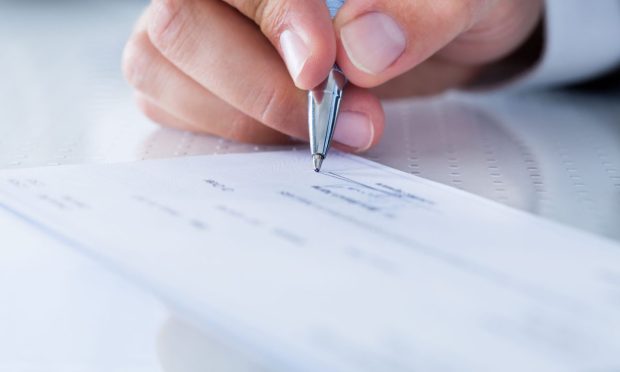Digital Disbursements Kill the Uncertainty of ‘The Check’s in the Mail’

“The check is in the mail” is a catchphrase for: You’ll get paid — just don’t hold your breath wondering when.
The check is but a promise to pay — and it really doesn’t amount to much until it hits the bank account and settles. The lag hits everyone waiting for money they’re owed to be disbursed — consumers, businesses, households that depend on public benefits to help them get through the month.
Checks are inefficient, at best; prepaid cards are only marginally better. Using paper and plastic conduits to get disbursements into the hands of the people who need them involves a “stutter step” of getting the payment instruments into one’s hands, going to the bank, or to the ATM, depositing funds, waiting for them to clear …
You get the picture.
The payout pain points were spotlighted last week in this space, when the Consumer Financial Protection Bureau (CFPB) said that financial products used to deliver Social Security and unemployment payments can often include high surcharges that eat away at people’s benefits. By way of example, administrators of prepaid cards collected $1.3 billion in transaction fees on $409 billion in public benefits in 2020. ATM fees can take several dollars from each and every withdrawal. Elsewhere, the Treasury Department is examining ways to limit disbursements by paper checks, and to pivot more fully to electronic funds transfers. The department has said that electronic payments are faster and less expensive than paper checks, are 16 times less likely to have post-payment issues.
Improving Supply Chains
In the commercial realm, the greenfield opportunity is significant to cut down on the paper chase, which in turn improves supply chain dynamics. PYMNTS research, done in collaboration with CheckAlt, found that 40% of B2B payments are done via checks, and that 81% of all companies pay their enterprise counterparties with checks. The negative ripple effects, we note, accrue as, say, a check has to clear before inventory is released to a retailers’ warehouse, or payment has to be in place before a restaurant can get the foodstuffs it needs to make the day’s menu a reality.
There’s also the challenge of ad hoc payments — the one-off transactions that are widespread in B2B interactions (and in insurance/health care too). Ingo Money CEO Drew Edwards told Karen Webster in an interview that for small and medium-sized businesses (SMBs), ad-hoc payments represent 38% of sales, according to PYMNTS research. Of that amount, 30% of those payments are late, and the majority of those late payments are more than a month past due.
The back-end processes — getting the physical check, getting to the back, depositing that check, waiting three days for the funds to settle — are hardly efficient, and managements’ time is spent opening envelopes and making the weekly/daily trip to the bank.
Improving the Customer Experience
The digital disbursement — the delivery of funds across payment rails that are pretty much universal and move money directly from one account to another — stands as a better way for B2C, B2B and government payouts to reach their ultimate destination.
There is growing awareness among consumers that the option is available — and providers will do well to take notice. Same-day account and instant payout options are apt to become competitive advantages for the entities that opt to use them — and individuals may ultimately balk at using providers who don’t offer those services. (As we found, nearly 4 in 10 insurers don’t offer the instant disbursement option.) Many consumers place a premium on convenience and surety of knowing when they’re getting paid — 45% of consumers are willing to pay a fee for instant health insurance payouts.
For the insurance company sending a payout for a claim or a utility company sending a rebate, speed matters. The insurance industry offers a microcosm here. PYMNTS and Ingo Money recently found that of the $1.4 trillion in insurance claim payouts in 2022, roughly 20% — equaling about $277 billion — were sent using instant payment rails, which is the highest level seen since 2018. Consumers choose checks only about 10% of the time — which shows just how unpopular they are.

